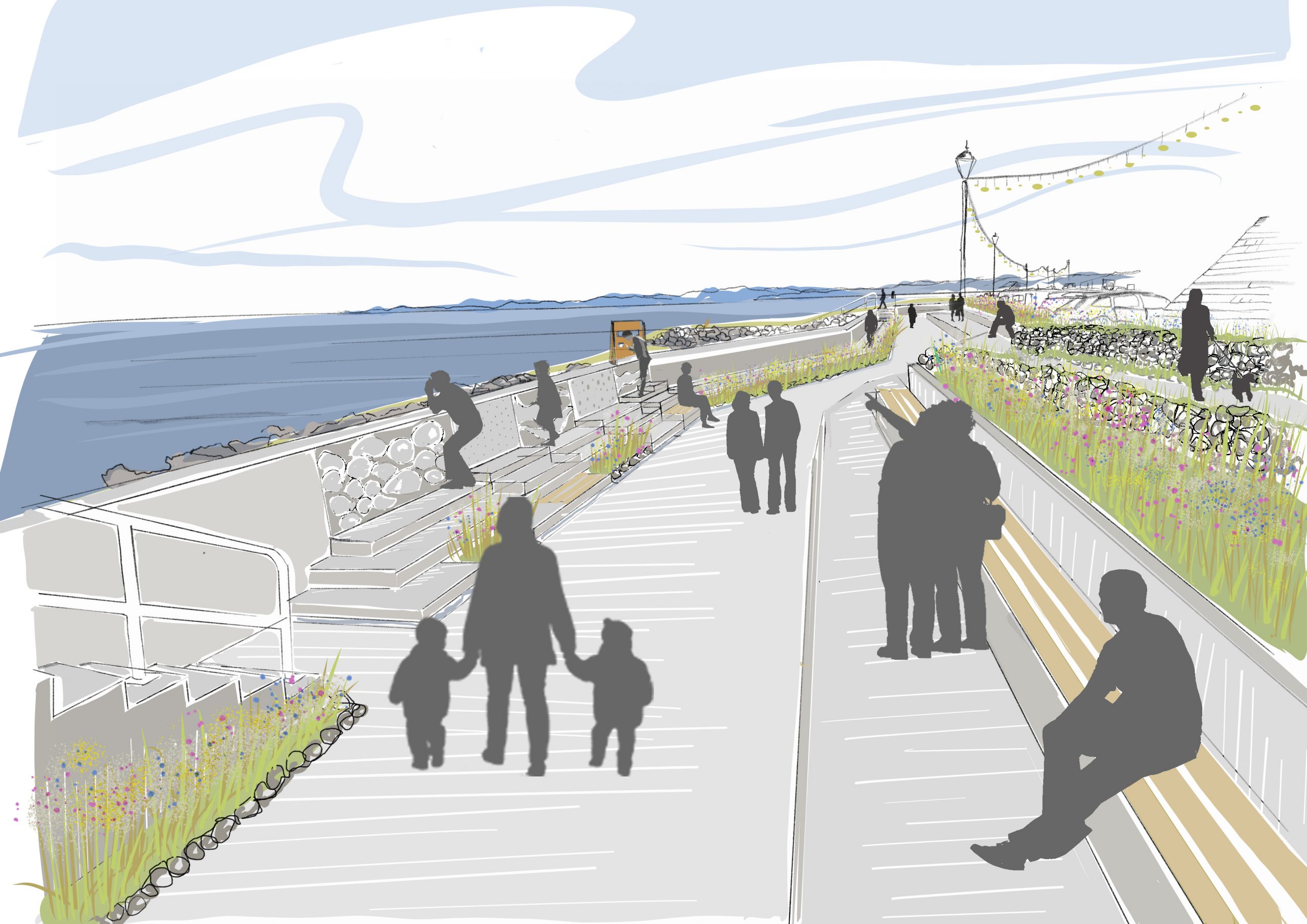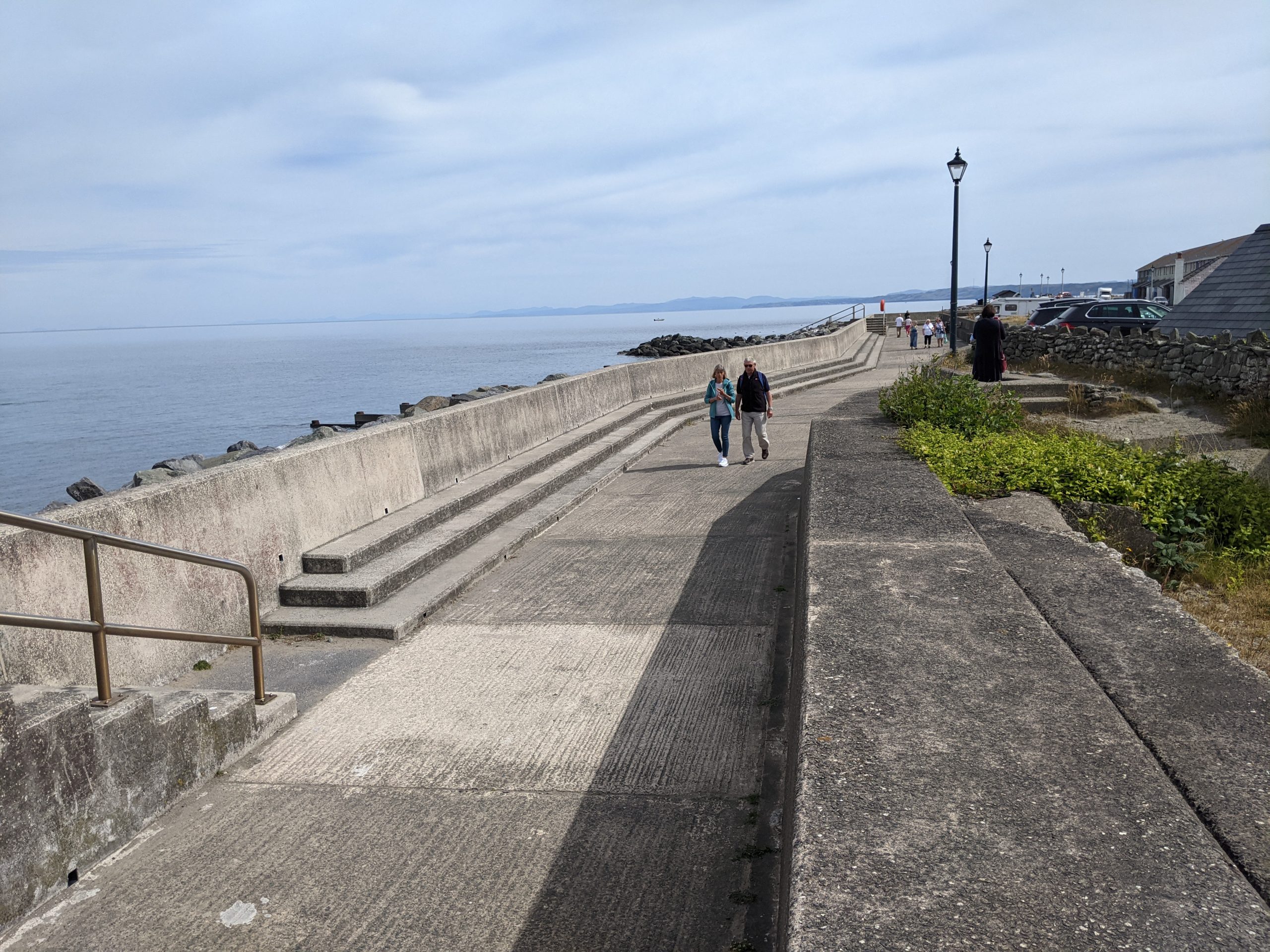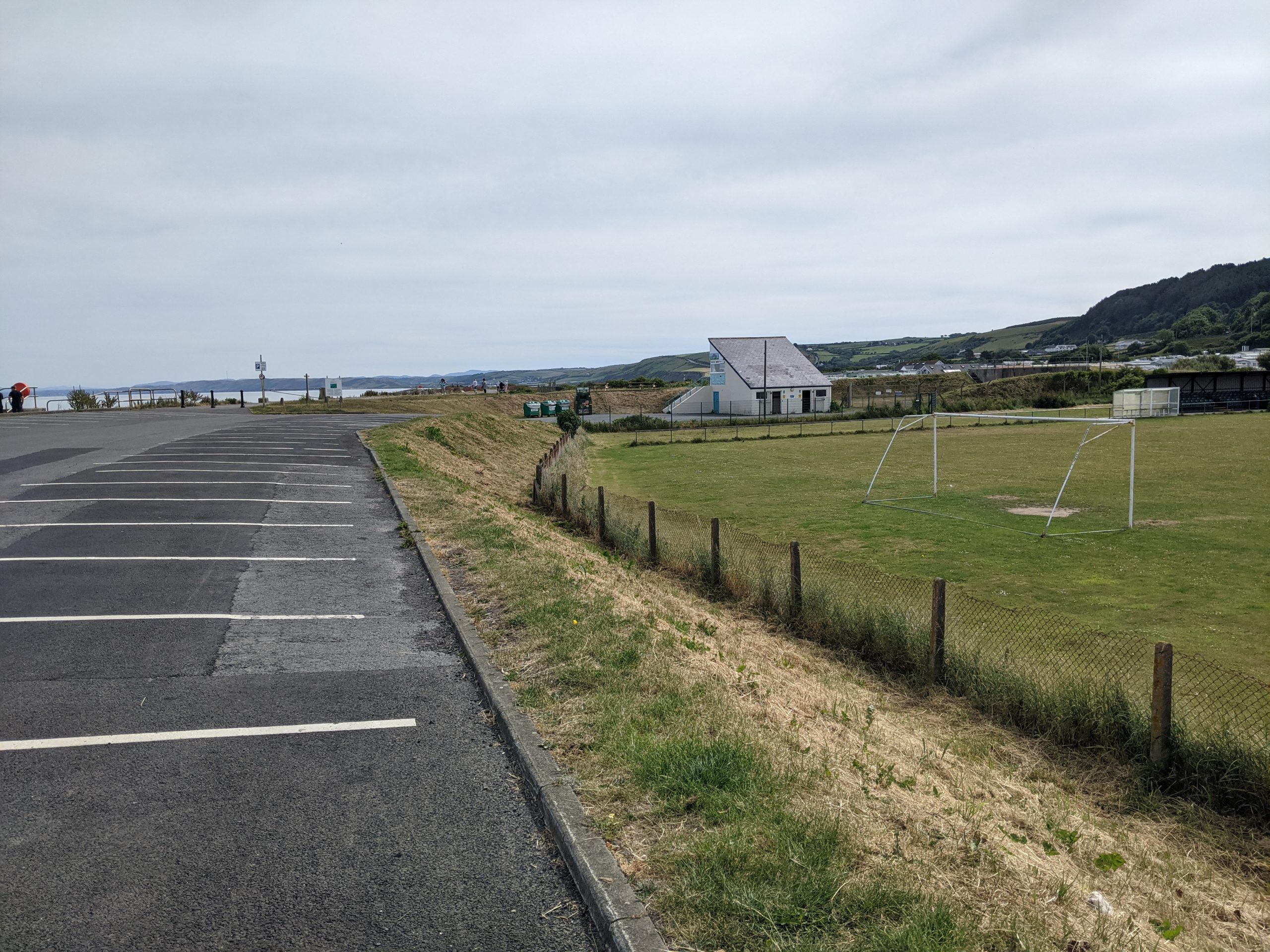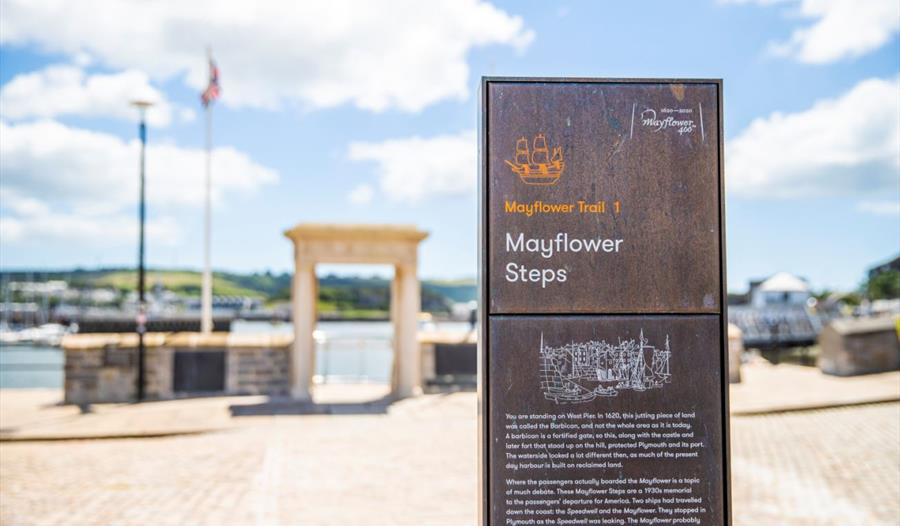Aberaeron Wild Coast

Purpose
To improve Aberaeron’s coastal biodiversity by introducing coastal planting and space for nature as part of the seafront flood defence scheme. This will activate the seafront public realm by introducing space to socialise, play, explore, learn, walk and cycle.
Key elements
- Introducing planting and allowing space for nature.
- Introducing space to socialise, play, explore, learn, walk and cycle.
Delivery
Potential partners: Natural Resources Wales, Harbour Flood Defence Scheme for Aberaeron, Dŵr Cymru / Welsh Water, Aberaeron Town Council, RAY Ceredigion
Indicative costs: £500 – 600,000 (see Appendix 3 for details on project cost estimates)
Description
Improving the biodiversity of the seafront and activating the social potential of the space would provide an important wellbeing resource for the local community. It would also act as a focal point and iconic destination for visitors to the town and would improve the movement of people and wildlife.
At the time of writing, planning permission had been recently granted for the Aberaeron Coastal Defence Scheme. This is set to include:
- The construction of a “rock breakwater” extending out from North Pier.
- The refurbishment and rebuilding of pier head of South Pier.
- The construction of flood walls.
- The construction of flood gate at Pwll Cam inner harbour.
- Improvements to the existing defences on South Beach.
This flagship project explored how features which maintain nature and natural processes could be incorporated into these “hard” flood defences.
Aberaeron's existing coastal defence scheme and promenade

Aberaeron car parks and playing fields

Element 1: Introducing planting and allowing space for nature
A strip of wildflower grassland should be planted on the existing grass verge behind the flood defence wall. Wildflower planting should be connected beyond the flood defence wall to create a pollinator-friendly and nature-rich green corridor.
Opportunities exist to extend planting northwards along the grass banks between Aberaeron Car Park and the Playing Field borders, around the public toilet, bordering Aberaeron Caravan Park and along the Wales Coast Path. Opportunities also exist to extend planting to the south around the harbour, bordering Aberaeron Yacht Club and along the Wales Coast Path. Local species of coastal wildflowers should be prioritised within the scheme (see Lancashire case study below).
Appropriate native trees and landscaped wildflower areas could be introduced in areas of activity along the seafront, pathways and key border areas. This will both soften the appearance of the hard flood defence infrastructure and create attractive, nature-rich spaces where people can walk, cycle, sit and socialise. This may be appropriate around seating areas along the front, around the public toilets, and to screen and soften car dominated spaces like Aberaeron Car Park and Lower Regent Street.
Adding bee posts in wildflower areas would also create a powerful education feature and help to increase pollinators along the wildflower corridor.
Element 2: Introducing space to socialise, play, explore, learn, walk and cycle
High quality seating areas should be introduced along the seafront, focused on key areas of activity and along paths leading to the seafront. Seating should be accessible for disabled users and could be elevated in places to provide views over the flood defence wall.
Hardwearing timber should be used for seating to soften the surrounding concrete. A combination of formal benches, informal seating, picnic benches and informal perches on steps and ledges could help to deliver a diverse series of social spaces for lunch, socialising, relaxing, quiet contemplation and informal events.
Adding playful elements, art installations, space for pop-up events and information boards will also activate the space for different members of the community and visitors. Informal stepping stones, climbing areas and timber play features will create places for children to explore.
Information boards highlighting the local area’s natural heritage, poetry and art trails will help connect people to the local setting. Where feasible, further features might include sculptural bird hide views and glass ‘viewing space’ flood walls in appropriate areas.
Features could be introduced around Aberaeron Car Park (in the space by the café and public toilets) to create a welcome space for walkers, wheelers and cyclists. These might include cycle parking, a shared bike pump, tourist information boards and a water fountain. Information boards should highlight onward links to the Wales Coast Path and other walking and cycling trails through Aberaeron.
Inspiration from elsewhere....
The North Portsea Island Coastal Defence Scheme has been designed to balance the “hard infrastructure” needed for coastal flood defence infrastructure with the need to protect and enhance nationally important habitats and historic assets. The scheme proposes improved access, seating, art installations and glass flood walls. It also sets out to improve the foreshore habitat and incorporate wildflower areas, bee posts and more than 125 new native trees.
Case study image: A bird hide at the North Portsea Island coastal defence scheme

The Plymouth Mayflower Trail allows visitors to discover more of the area’s nautical history. A trail of information boards tells the story of the seafront at intervals along a semicircular flat and accessible coastal walking route. The ‘monolith’ signage also connects to a walking tour app that provides further information. This project provides inspiration for how Aberaeron’s history as a major trading port and biodiversity centre could be better celebrated in its public realm.
Case study image: Plymouth Mayflower Trail (Visit South Devon)

The Lancashire Coastal Wildflowers project helped to reinstate an important coastal grassland area along the Rossall Coastal Defence Scheme. The project introduced a large area of wildflower turf along the length of the sea defence scheme and connected to the “greener” areas of coast at the edges of the town. Pollinator-friendly local species of coastal wildflowers were seeded and blended into ‘Swale’, ‘Coastal Grassland’, and ‘Bee-Friendly’ mixes and sewn in the most appropriate areas of the scheme. The seafront is now designated as a biologically important ecological area of grassland. Locals and visitors enjoy a greener seafront, and the scheme features new artwork and a poetry trail.